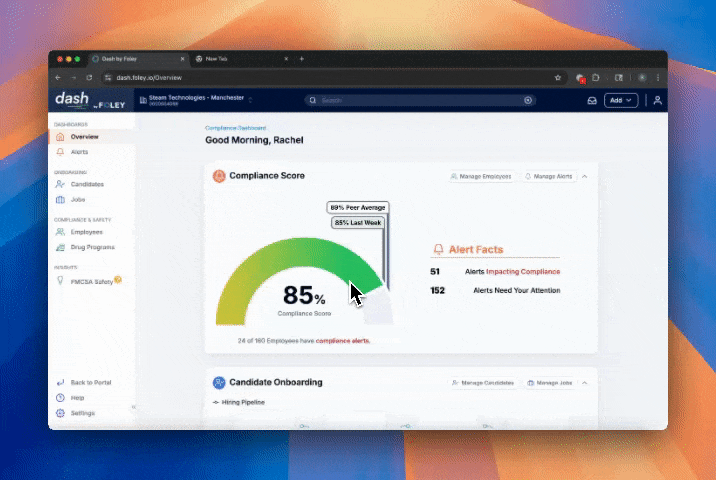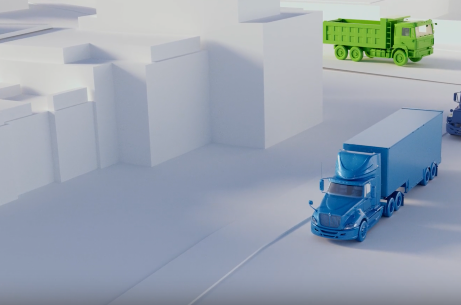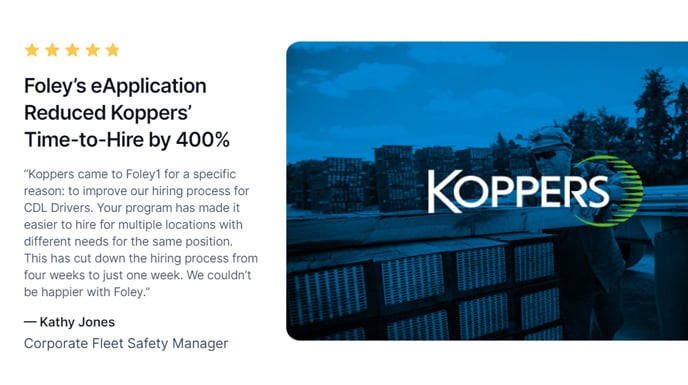Mixed Fleets, Made Simple: A High-Level Overview of Driver Qualification

Running a mixed commercial fleet (CDL and non-CDL) means juggling vehicle classes, endorsements, and a lot of documentation. The core idea behind driver qualification is straightforward: prove—on paper and in practice—that every person you dispatch is eligible, trained, and fit to drive. That proof protects your operating authority, insurance standing, and brand—and skipping it can trigger costly penalties and business risk.
What “qualification” actually covers
Under 49 CFR Part 391, carriers must meet defined driver standards and maintain specific records: a Driver Qualification File (DQF) and a Safety Performance History (SPH). Part 391 applies to interstate CMVs that meet weight thresholds, carry certain passenger counts, or transport hazardous materials. In practice, that means you must hire carefully, screen thoroughly, and keep verifiable records.
A quick way to determine licensing: a CDL is typically required at GVW/GVWR ≥ 26,001 lbs—or for any vehicle requiring hazmat placards. Smaller CMVs (10,001–26,000 GVWR) can still trigger Part 391 requirements even if a CDL isn’t required.
The driver profiles you’ll encounter
Mixed fleets cycle across four common profiles, each with its own bar:
-
CDL Class A/B: Minimums include being 21+, holding a valid CMV license, medical qualification, and a road test (or equivalent). Files must be complete and maintained.
-
CDL Class C (passenger/hazmat in smaller vehicles): Same Part 391 standard and 30-day completion expectation.
-
Non-CDL CMV (10,001–26,000 GVWR, or any size hazmat): Part 391 still applies in interstate commerce—DQF + SPH, medical qualification, road test, annual MVR, ongoing maintenance.
-
Light-duty, non-regulated company drivers (<10,001 lbs, non-hazmat, intrastate): Part 391 may not apply, but a best-practice “Company Driver File” improves insurance and litigation posture.
What belongs in the files—and by when
You’ll organize documentation into two folders: the DQF (e.g., application, CDL copy, road test certificate, medical exam) and the SPH (prior employer contacts/responses, release, drug/alcohol history where applicable). Both must be created and 100% complete within 30 days of employment, then maintained. Keep SPH content secure with limited access.
On hiring, verify fundamentals early—age, licensing, medical qualification, English proficiency, and cargo-securement know-how—and scan for disqualifiers that can invalidate coverage or draw enforcement.
For background checks, secure consent and complete the DOT-required steps: MVRs for each state license held in the past three years, prior employer verifications, and a pre-employment full Drug & Alcohol Clearinghouse query for CDL roles—then file everything. Consider CDLIS, PSP, and FCRA-compliant criminal screening to strengthen risk controls.
For a deeper dive into requirements, read Foley's full Driver Qualification File Compliance Guide for Mixed Commercial Fleets.
Keep qualification alive, not “once and done”
Compliance isn’t a one-time project. Build a cadence to monitor expirations (CDL, med card, endorsements), run annual MVRs and reviews, refresh violation lists, and perform quarterly internal audits to spot gaps early. Map reminders to your HRIS/TMS and maintain a 30/60/90-day risk roster so files stay current. Document every road test, refresher, and corrective action—if it isn’t documented, regulators assume it didn’t happen.
The industries Foley serves—and where risk lives
The Part 391 baseline is universal; your operations add unique exposures. Foley supports mixed fleets across concrete/ready-mix, construction trades, landscaping & tree care, utilities/telecom, waste & recycling, delivery/courier, and fuel/oil & other hazmat—and its full guide highlights the hot spots that are most often scrutinized: jobsite backing and PTO/hydraulics (ready-mix); oversize/overweight and rigging interfaces (construction); towing/brake checks and chipper operations (landscaping/tree); aerial device and work-zone certification (utilities/telecom); dense-route backing and spill response (waste); high-frequency stops and lift-gate safety (delivery); and hazmat paperwork, surge handling, and training records (fuel/oil). Put the matching endorsements, training certificates, and road-test notes inside the file so you can prove competency.
Learn more about specific requirements by industry in Foley's full Driver Qualification File Compliance Guide for Mixed Commercial Fleets
Seasonal and rehire drivers
Seasonal gaps create expired credentials and lapsed testing pools. A fast, consistent re-onboarding pass reduces audit findings: verify license class/endorsements against the current assignment, ensure med cards are current, refresh the annual MVR, complete a Clearinghouse full query for CDL roles, re-enroll in random testing, and add refresher training tied to your equipment and loads. Schedule a road test when vehicle class or major equipment changes (e.g., PTO/hydraulics, lift-gate, bucket truck).
Bottom line
The playbook is simple: decide early whether a CDL—and which endorsements—is required; create and complete DQF/SPH within 30 days; keep files current with annual MVRs, medical tracking, and secure SPH handling; and tailor training/road tests to your real-world risks. Qualification isn’t “paperwork”—it’s risk control and a faster path through audits.
How Foley helps
Foley centralizes e-DQFs and SPH, automates MVR pulls, license/med-card alerts, and Clearinghouse queries, and helps you keep files audit-ready without spreadsheets—so HR, safety, and operations can spend less time chasing paper and more time running the business. From hiring to ongoing monitoring and industry-specific documentation, it’s a single system designed for mixed fleets.
To learn more about how the Foley platform can help support your mixed fleet's compliance program, reach out to speak with a specialist today.
Related Articles
Turn Applicants into Hires—Without the Bottlenecks
Fall/Winter Hiring Playbook: Best Practices for Seasonal CDL & Non-CDL Drivers
Apply By License Doubles the Number of Driver Candidates
.png)



